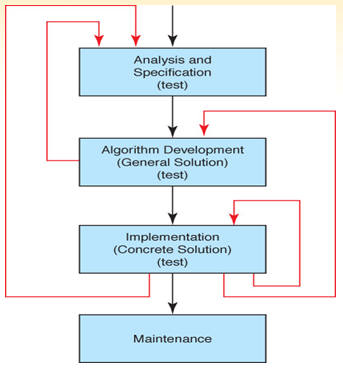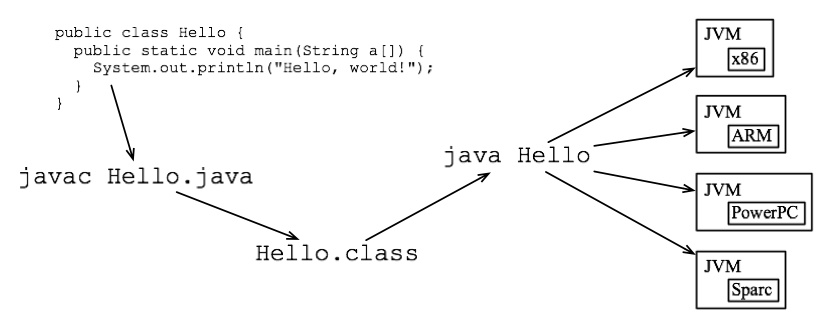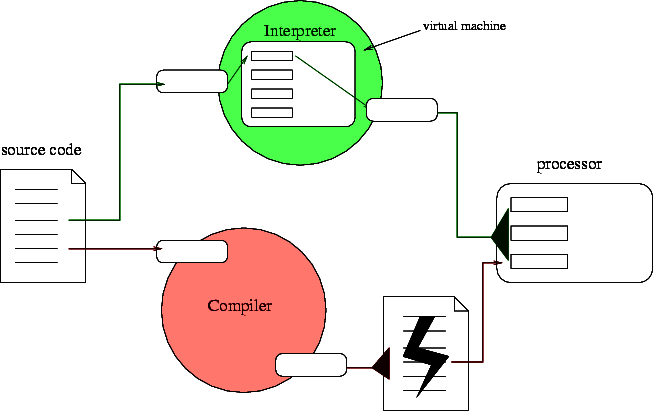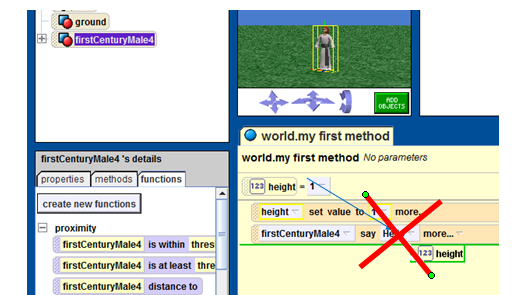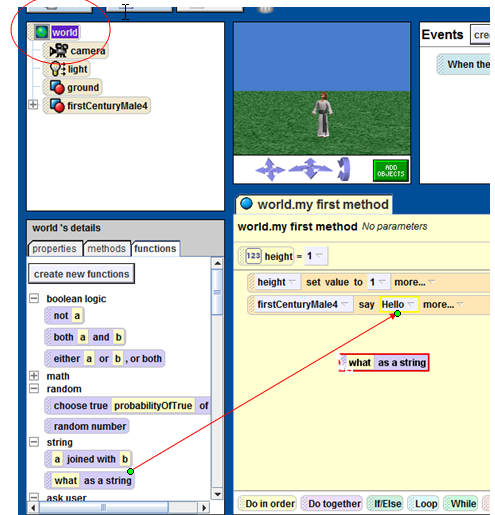Class Roster: This class will implement the functionality of all roster for school. It will , in essence, manage an Array of Student objects. Each roster will store a default of 10 Students
- “global” Instance Variables
-
private Student myStudents : an array storing Student Objects
-
private String className (a name to represent a given roster like “Ap CS”)
-
public int period //during which period of the day does this roster meet
- a default constructor should initialize the Array to store 20 strings
a single parameter constructor that takes an Array <String>
Both constructors should initialize the instance variables
- Methods
- Accessors
-
private int indexOf(Student st) //@returns index of Student St or -1
-
public boolean containsStudent(Student studentName )/ /@returns true if studentName is in roster .
-
public boolean equals(ClassRoster other) //@ returns whether or not rosters are equal. Rosters are equal if identical students are in identical order in the lists
- Mutators:
|
|
boolean addStudent( Student st ) ;//adds the student to the Roster |
public void addStudent(String studentName, int age) ;// adds student name and age to end of roster
. Hint: Make user of the containsStudent() method
public boolean removeStudent(int ssnId ) // removes student from roster based on id. Make sure that you maintain the integrity of the parallel ArrayLists.
public boolean removeStudent(String name) //removes student based on name. Make sure that you maintain the integrity of the parallel ArrayLists.
public boolean removeStudent( Student st) //removes student st. Make sure that you maintain the integrity of the parallel ArrayLists.
